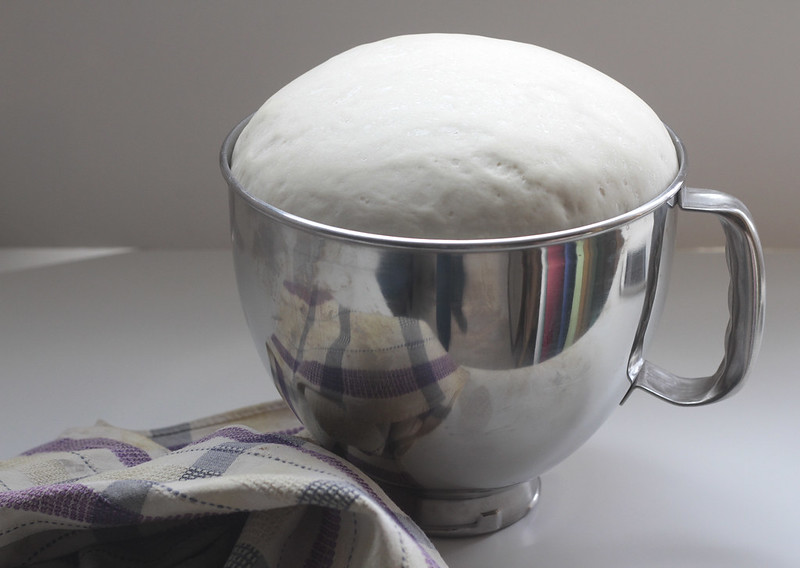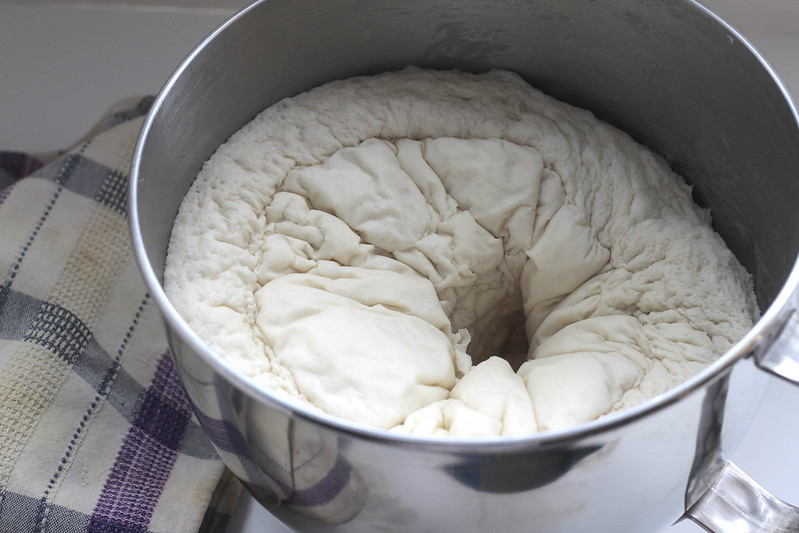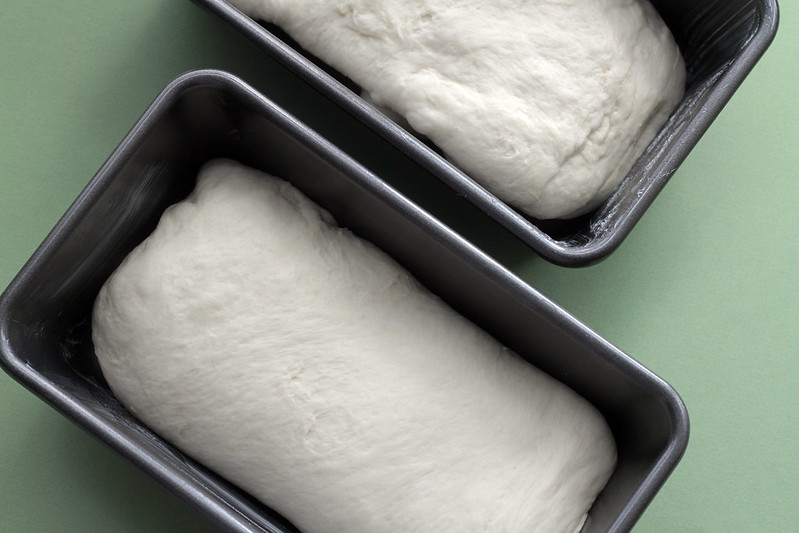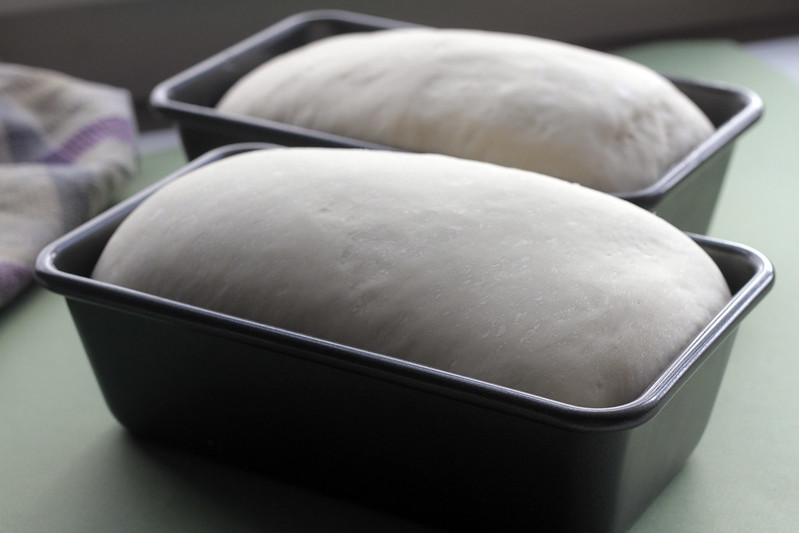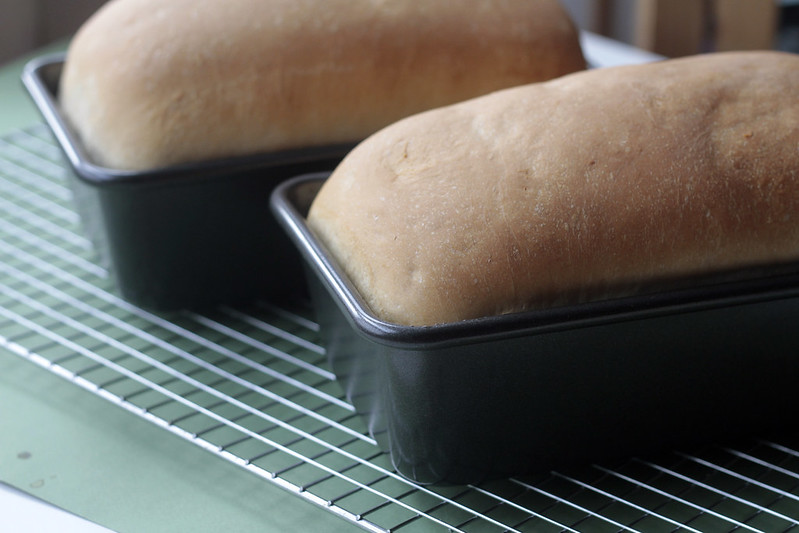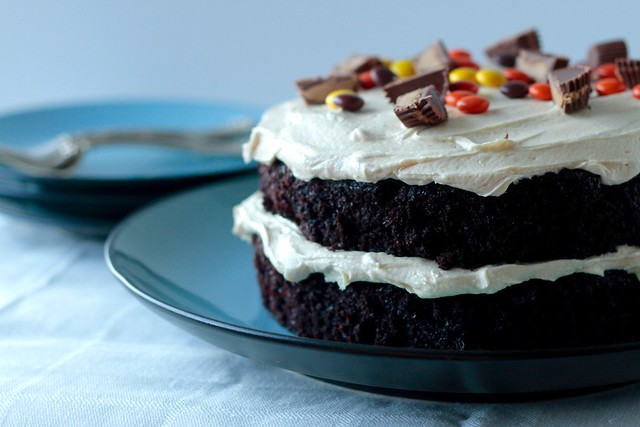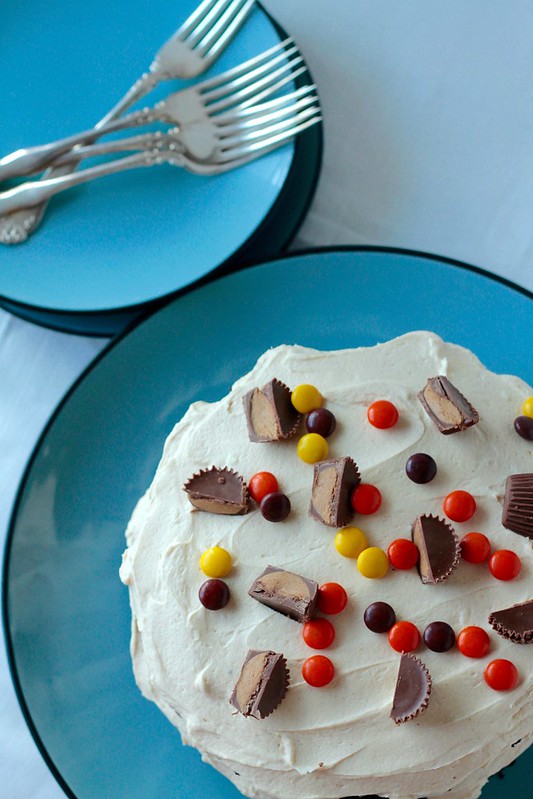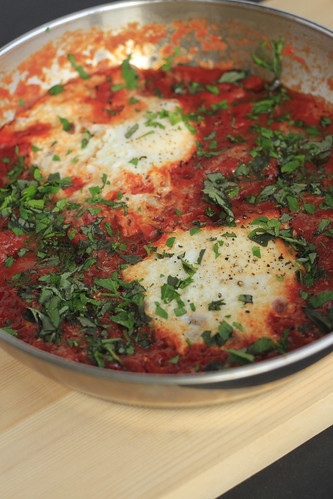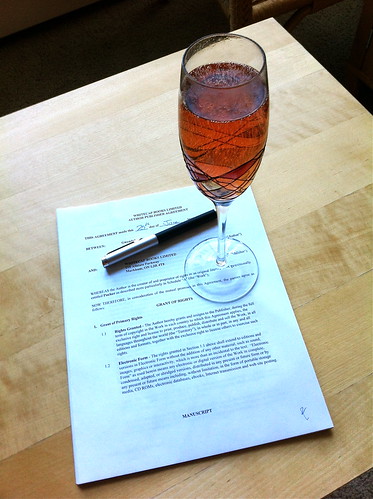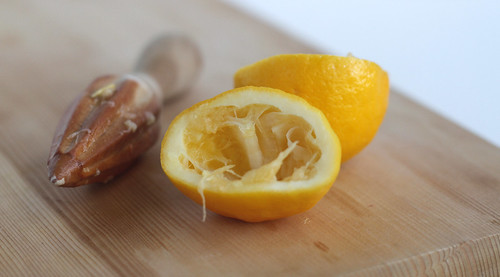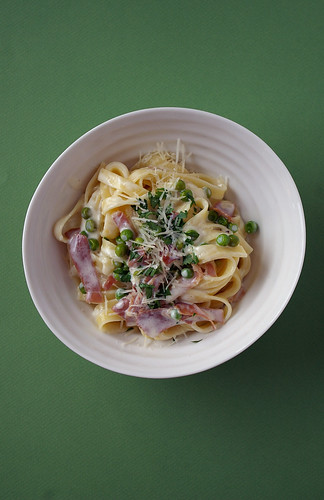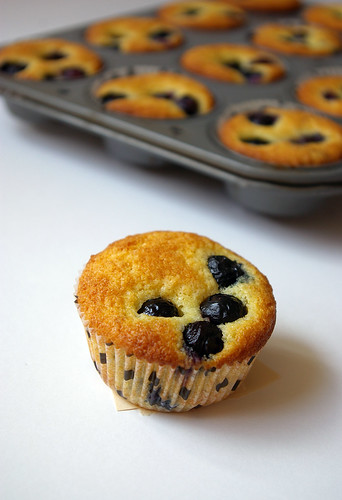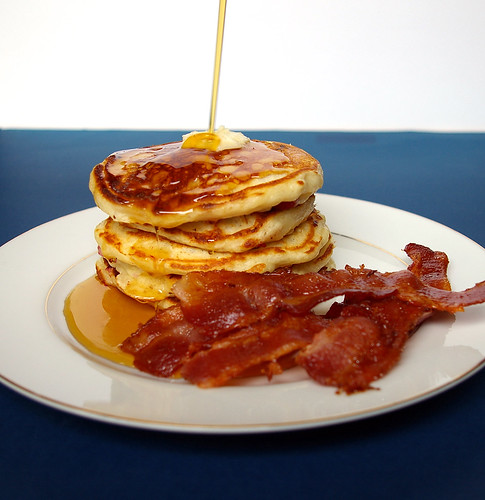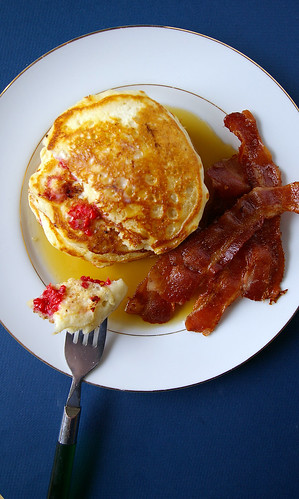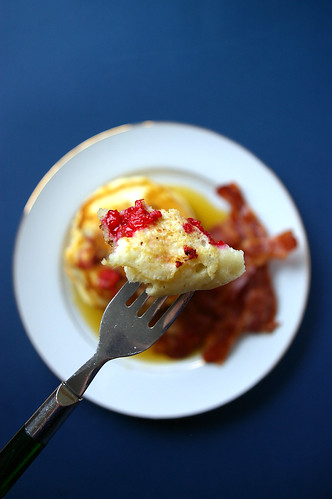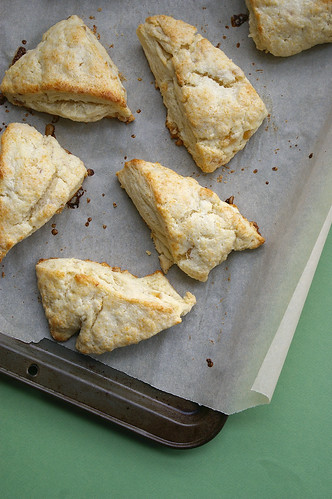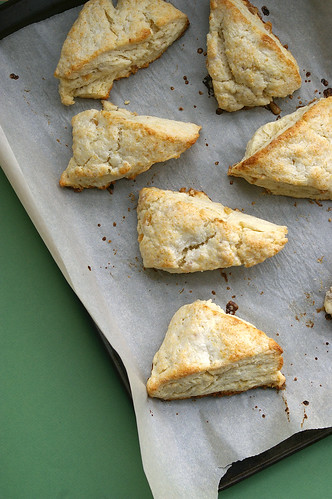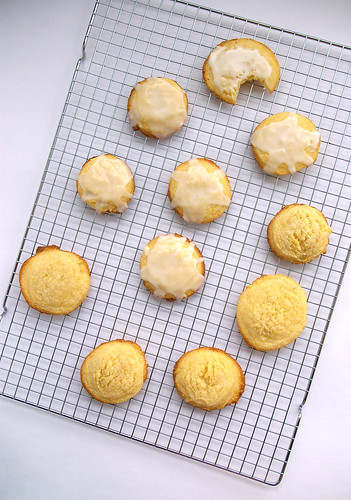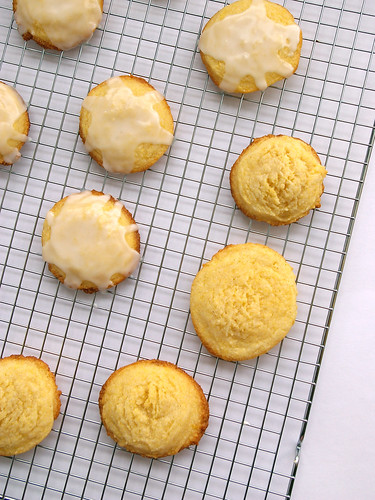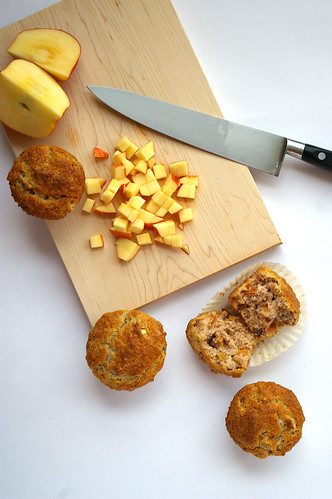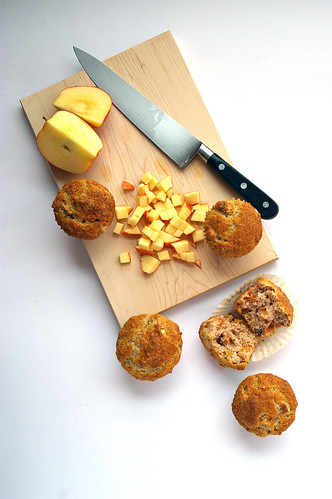It was a bit hilarious, in retrospect, to be all, “Hey everyone! I’m blogging again!” and then disappear for six weeks.
There have been a few adventures in the time in between that I will be posting here, but the truth of the matter is that this has been an odd time with lots of rampant emotions, perplexing reactions and reflections. I will also get to that at some point. I’m just not quite ready.
And, frankly, I haven’t really been cooking much.
I’ve been eating a lot of sandwiches, though, and copious amounts of toast. Toast with mashed avocado, flaked sea salt and freshly ground pepper; toast with peanut butter, sambel olek, lime and roughly chopped cilantro — it’s kind of like peanut sauce on toast and it is absolutely addictive; toast with thin slices of tomato and a sprinkle of Crazy Jane’s Mixed-up Salt, which has salt and spices all mixed together and is a family favourite that I believe we can only buy in the US now. (It’s also fantastic on avocado.)
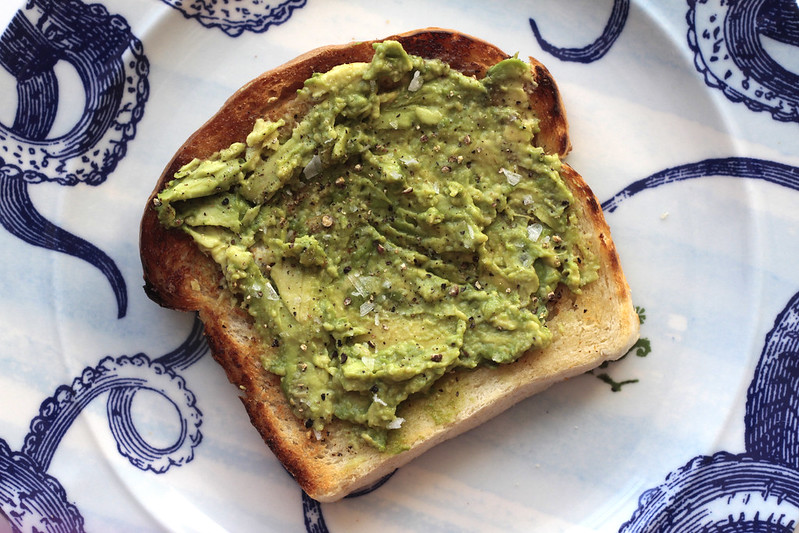
Sandwiches made from salami and razor-thin slices of cucumber stacked high; havarti and turkey and lettuce with a slathering of grainy mustard; cheddar and homemade basil pesto.
So, yeah, #carblife.
At some point in the last several days, it occurred to me that maybe I should just make my own damn bread. For one, so I could avoid going to the grocery store where I was likely to do some completely unnecessary impulse shopping. (On my list of things to do, near the top, is a kitchen cupboard purge because, good lord, I have way too much food in here.) For two, I needed something to do and getting my hands dirty — so to speak — seemed like it could be therapeutic. It was either that or deep clean the bathroom and one of those had the fringe benefit of resulting in an apartment smelling like fresh baked bread that I could slice while still slightly warm and swipe over with butter before eating it over the sink. The bathroom could wait.
Julie had recently posted a recipe for Hy’s cheese toast that I had mentally bookmarked and in it she linked to her own post from a few years ago on Julia Child’s White Bread, which sounded just about perfect for what I needed.
I love fancy sourdoughs and rustic loaves of no-knead bread but sometimes I just want a good, old loaf of white bread. The bread of my childhood when I would be sent to the neighbourhood bakery to pick up six loaves — thinly sliced — to get our family of six through the week.
Bread, as baking projects go, is barely any work. Exactly the kind of project I also needed.
Mix, knead, take a two hour break, punch, fold, take another break, bake, cool, eat.
Since I’m utterly useless at kneading and since I have a KitchenAid mixer, I didn’t even have to worry about trying to manipulate a shaggy dough into a smooth ball. Though I do love the tactile nature of kneading, so even after the machine had its way with the dough, forming it into a smooth lump, I still took it over to my counter to get my hands into it and knead a few turns.
It is also one of those things that is so damn satisfying. Checking on the dough and seeing how beautifully it has risen always makes me feel so accomplished and pulling it from the oven all lightly golden makes me proud. Plus, there are other delights along the way, like the way it makes the apartment smells and the satisfaction of punching down the dough after that first rise, hearing the hiss of air escaping.
This recipe, unsurprisingly, given Julia Child certainly knew her way around a kitchen, is easy and the bread comes out like a champ. I felt almost guilty feeling proud for how well they came out because there was almost no effort.
Almost guilty.
And then I ate that first slice, still slightly warm, and any guilt disappeared in the joy of eating freshly baked bread.
Julia Child’s White Bread
- 2 1/2 cups warm water, divided
- 1 tablespoon active dry yeast
- 1 tablespoon sugar
- 6 to 6 1/2 cups all-purpose flour
- 2 teaspoons salt
- 1/4 cup butter, softened
Pour 1/2 cup of the water into the bowl of a standmixer affixed with a dough hook (or, if kneading by hand, a large mixing bowl) and stir in the yeast and sugar. Let sit for 5 minutes, until creamy. (If the yeast doesn’t do anything, toss it and start again after buying new yeast.)
Add the rest of the water and 3 cups of the flour. With the mixer on low, mix until well blended. Add the remaining flour and the salt and let the mixer continue to go on low until it’s combined. With the mixer still going, add in the butter, a couple of blobs at a time until completely blended. Turn the mixer up to medium speed and let it knead the dough until it is smooth and elastic, about 8 minutes or so, checking occasionally to ensure it’s not crawling up the hook.
If desired, knead for a few turns on a clean counter, form back into a ball and return to the bowl.
Cover the bowl with a clean towel and let rise until it’s doubled in size, about 1 to 1 1/2 hours.
Butter two 4-inch x 8-inch loaf pans. Punch the dough down and divide in two. Pat each piece into a rectangle a little bit bigger than a regular piece of paper — about 9 inches by 12 inches. Fold it in thirds, using the shorter side of the dough, like a letter. Place in the prepared pans, seam side down and kind of tucking under the ends. Cover again and let them rise until they’re, well, shaped like loaves of bread, about an hour.
Preheat the oven to 375F and set the rack in the centre of the oven. When the loaves have risen, bake for about 30 to 35 minutes, until they are a nice golden brown.
Remove from their pans and let cool on a rack.
Try to resist waiting to slice, or your bread will squish. I managed 45 minutes and it was still warm enough to melt butter, but not so warm that the loaf couldn’t resist slicing.
Makes 2 loaves.

